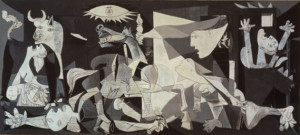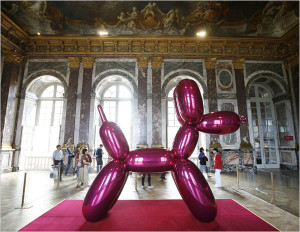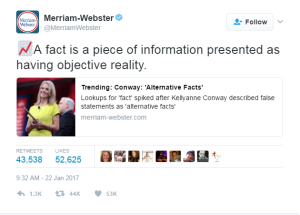In part two of Letting Go?, I learned important details about the African Americans of the U.S.A, and how they struggled with the challenges faced against racism. One example is the destruction of a prominent community known as Black Bottom, which was redeveloped during the 1950’s and 1960’s by white supremacists, whom did it all for ‘expansion’ of colleges, though I am sure there would have been another way to increase campus size of those universities. It is possible it was more likely college growth was just another excuse to enforce the separation of Caucasians and African Americans. I thought it was horrible that people, no matter their race, were treated with such disrespect, just for segregation to keep pushing both races farther apart. The Black Bottomers sought to insure that the story of their lives being destroyed before they were able to make a new life away from the tragedy. One way that I understood the Black Bottomers promoted awareness of what happened to their community was through theatrical production, most notably Black Bottom Sketches and Taking a Stand. These thought-provoking performances gave a brief description of what happened to the neighborhood of Black Bottom, and the former residents of Black Bottom acquired a sense of honor and pride for detailing their stories to future generations.
Besides African American life, the stories of Americans are recorded as well, such as the example of the company of StoryCorps. Storycorps is a company dedicated to the preservation of cultural history amongst varied Americans in the United States. Storycorps is depicted as a means for common Americans to tell their stories to the public; people who are not in the media such as radio show hosts or television reporters, just regular people who have their lives outside of the news. The main purpose of Storycorps would be to connect all people and events through historical content. This type of first person historical documentation is especially significant in capturing ordinary American life.
Another aspect of part two was Fred Wilson’s study in “Mining the Museum.” During his discussion with two history professionals, Wilson did an exemplary job of describing his work on studies of history and ethnography. For example, in Wilson’s own words, his main objective in archival study is to take notice of every detail, such as discussing with individual people and examining every artifact in museums. Basically, Wilson gathers as much knowledge he can by communication and study at museums, both within the U.S.A. and internationally, and puts it all into “research.” Wilson is questioned on what is left to do, and draws on the comparison of the checks and balances system of our government to say that there is an ongoing research, and there is always more to be explored.





